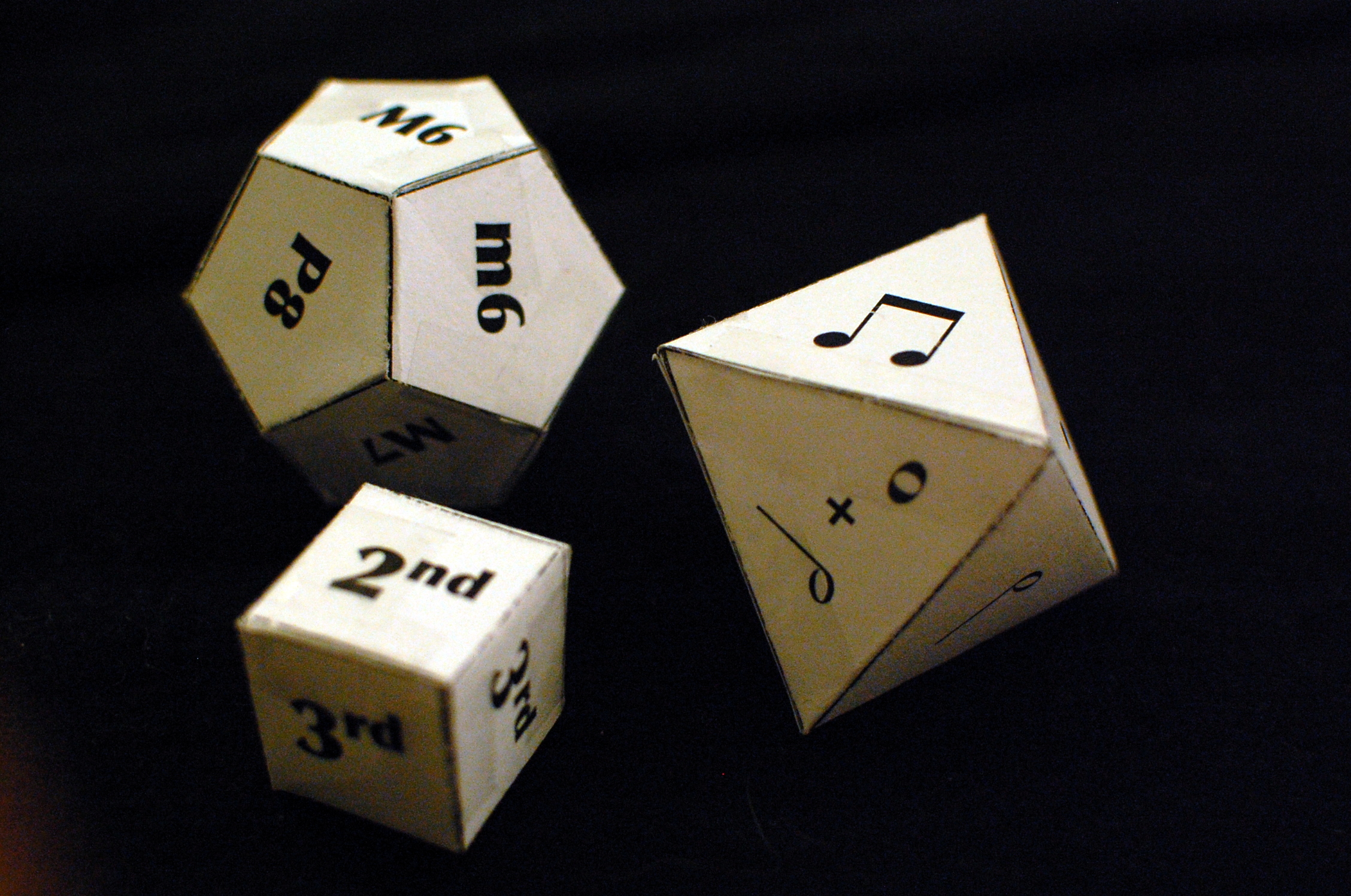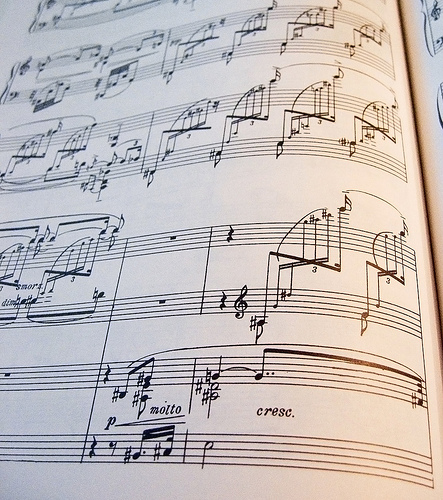 For last week’s Forum Q&A, I broached a few questions about memorization and many of you left comments regarding whether or not to require memorization for performances within your studio — but not many of you addressed my initial question about whether you consider the skill of memorization is essential to piano playing (i.e., do you think it is necessary/required for concert pianists to play by memory? Why or why not?). I discussed this topic further in yesterday’s post, which you can view here. As always, it’s never too late to add your thoughts to this ongoing discussion. =)
For last week’s Forum Q&A, I broached a few questions about memorization and many of you left comments regarding whether or not to require memorization for performances within your studio — but not many of you addressed my initial question about whether you consider the skill of memorization is essential to piano playing (i.e., do you think it is necessary/required for concert pianists to play by memory? Why or why not?). I discussed this topic further in yesterday’s post, which you can view here. As always, it’s never too late to add your thoughts to this ongoing discussion. =)
Today, however, marks the introduction of a new topic for discussion:
Many popular piano methods today include (as they should) arrangements of familiar tunes for students to learn. This is great, because many students LOVE learning how to play tunes they are familiar with! (Side note: click here to view a post regarding some thoughts on what makes a great piano method.) However, these arrangements sometimes present a problem:
Oftentimes in arrangements, the rhythm of the tune is altered and “simplified” in order to accomodate the rhythmic values that the student has/hasn’t learned yet. This is all fine and dandy, but as a teacher, what do you do when a student comes back the next week playing the rhythm “wrong”?
To give one example that frequently occurs with beginner students, I’ve heard many students return playing the rhythm of “Ode to Joy” with dotted-quarter-eighth rhythms instead of playing all quarter notes (despite the fact that we sightread it together with the rhythm as written). How do you handle this situation: do you “fix” the student’s rhythm to match what is on the page even though it goes against their intuition, or do you “let it go?”
I’m sure many of us piano teachers have been in this situation before! Share your experiences in the comments below.
Photo Credit: Rick Harris | CC 2.0
 A new worksheet has just been added to the Printables > Worksheets page called:
A new worksheet has just been added to the Printables > Worksheets page called: Introduction To The Staff Worksheet (28.6 KiB, 37,821 hits)
Introduction To The Staff Worksheet (28.6 KiB, 37,821 hits)









 Just added to the
Just added to the 


 I read something this week that mentioned in passing the benefit of engaging the emotions for learning. This idea really stuck with me, and I haven’t stopped thinking about it since. It makes perfect sense, but I just never thought about it much before. I think this idea is worth some consideration.
I read something this week that mentioned in passing the benefit of engaging the emotions for learning. This idea really stuck with me, and I haven’t stopped thinking about it since. It makes perfect sense, but I just never thought about it much before. I think this idea is worth some consideration.


 The first look at a new piece is crucial. As accomplished pianists/teachers, we automatically know to scan the piece to check the time signature, key signature, texture, composer, title, etc. before playing through a piece. Of course, we were trained to go through those steps before sightreading through a piece.
The first look at a new piece is crucial. As accomplished pianists/teachers, we automatically know to scan the piece to check the time signature, key signature, texture, composer, title, etc. before playing through a piece. Of course, we were trained to go through those steps before sightreading through a piece.